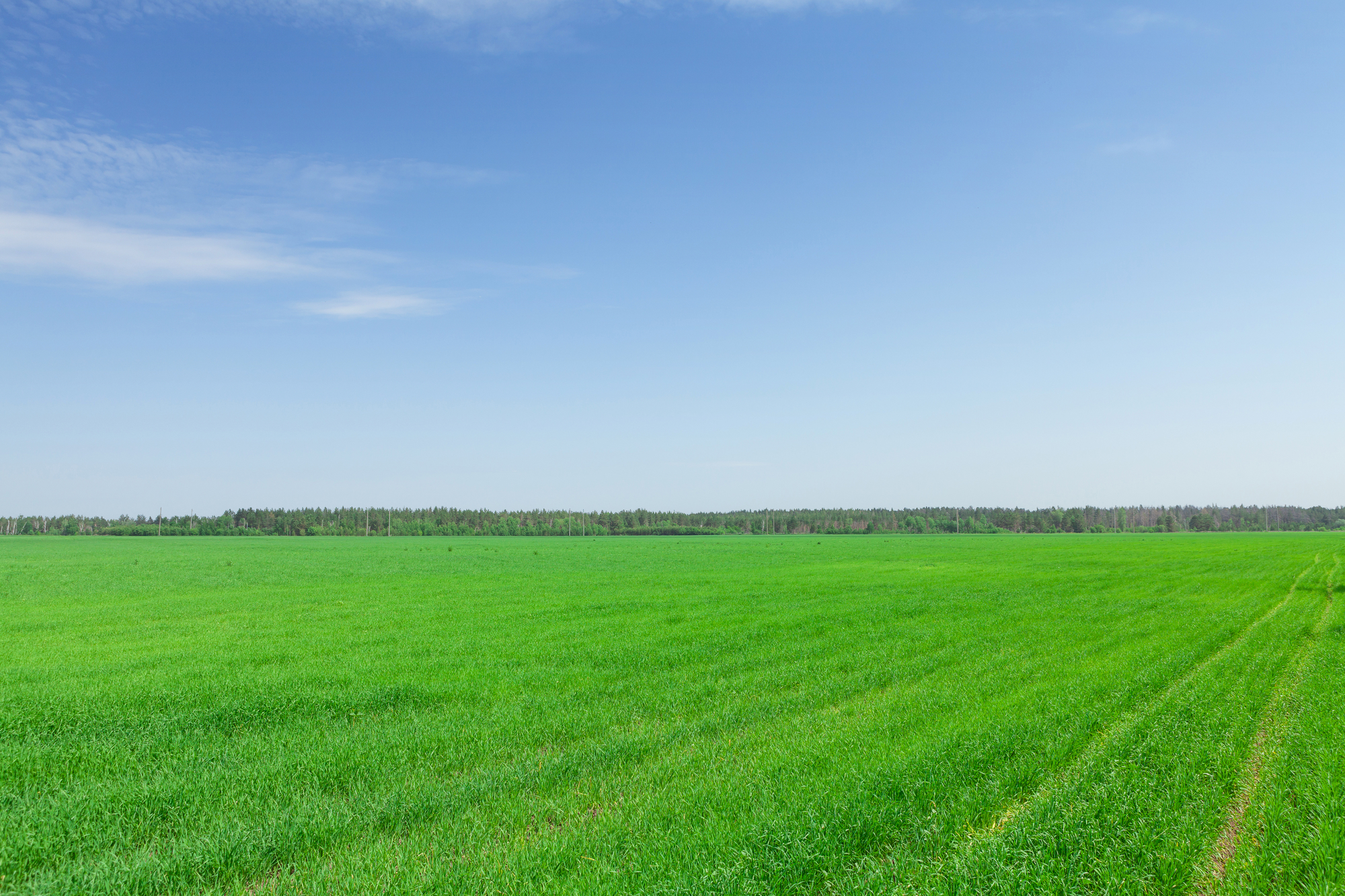Rural land values are dropping from those of a year ago—but are still in line with a longer-term mean, with interest in rural land purchases continuing to remain strong despite low commodity prices. Land sales are “well above 10-year averages in volume, but below the 5-year average.”
That was the view of Paul Schadegg, senior vice president of real estate operations at Farmers National Company and a 40-year veteran in rural property, in a recent conversation with High Plains Journal.

“Land prices have maintained their value,” he said. There is a slight downtick in cash rents for corn fields, but the market is stable overall with more flexible leases.
Farms with drainage or water access issues, however, may sell for lower prices or have fewer interested buyers. While “multi-year droughts do affect land values,” so far rural property has kept its value despite this being the third year of drought for large areas of the country. Schadegg said his own company “is as busy as it can be.” Interest rates have also played a factor.
What is keeping up the value of farmland? “Demand for corn remains huge,” he said. “Market upticks are more likely than downturns.”
Farm operators are still the largest group of buyers, he said, with total foreign ownership of farmland at about 2%. “Primary land buyers typically have a strong connection to the land,” Schadegg said. While concern about foreign ownership of farmland periodically makes a splash in the press, most of the American farmland owned by the Chinese came about when a Chinese company purchased Smithfield, the world’s largest pork producer, in 2013, and hasn’t notably grown since.
Schadegg said the effects of the drought “jumped up and surprised me” when he looked at the data. Recent moisture brought by hurricanes Helene and Milton didn’t make it to drought-hit parts of the Midwest.
To save costs, dairies are locating near silage-growing areas. Dairy expansion plans are affected by water availability, but more by “labor, labor and labor,” he said. The top states where dairy operations are expanding are Kansas, South Dakota and Texas, with 1,100 truckloads of milk moving every day out of Amarillo, Texas, alone. The dairy industry is consolidating and automating as a response to those same labor shortages.
The value of farmland, he said, relates to the long-term goals of property owners. As long as the market for agricultural products remains bullish, despite slowdowns, that will continue, he said.
David Murray can be reached at [email protected].




